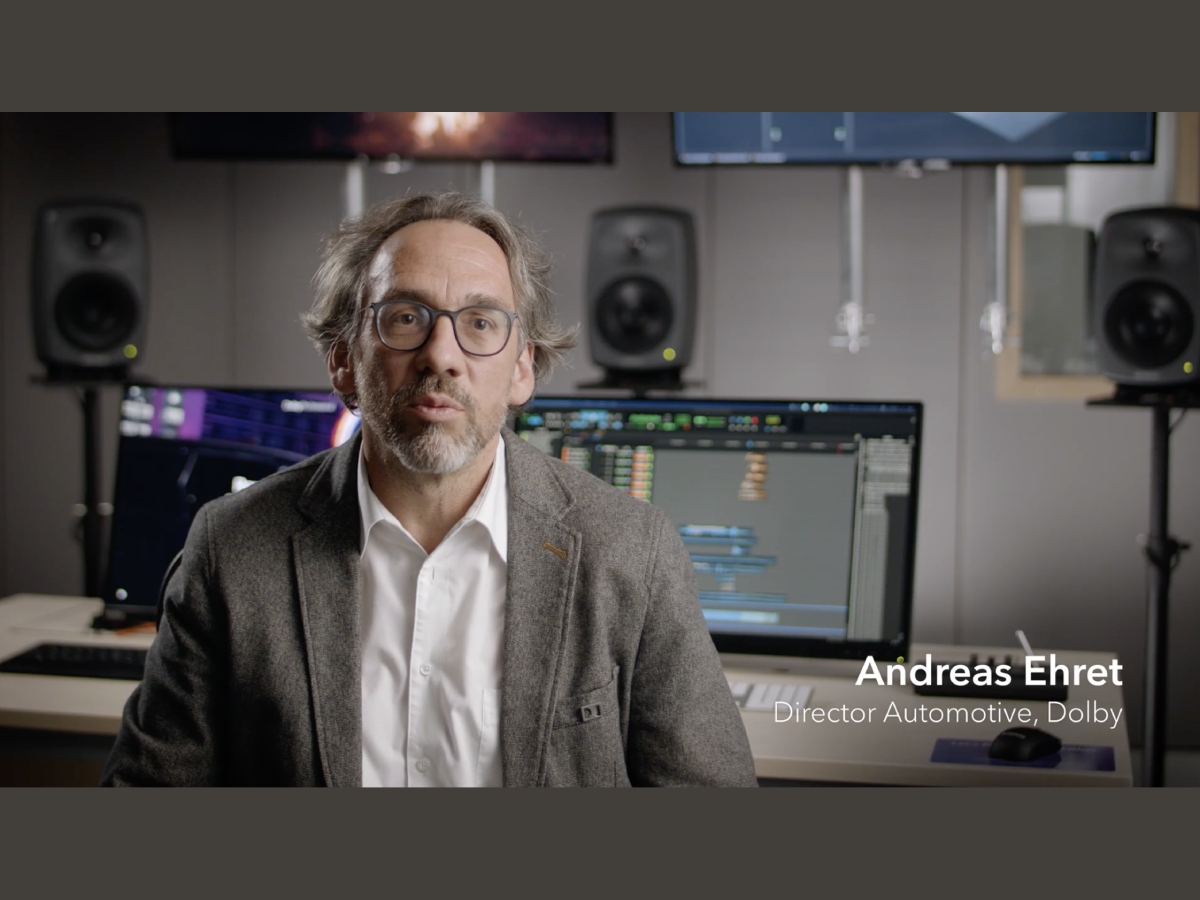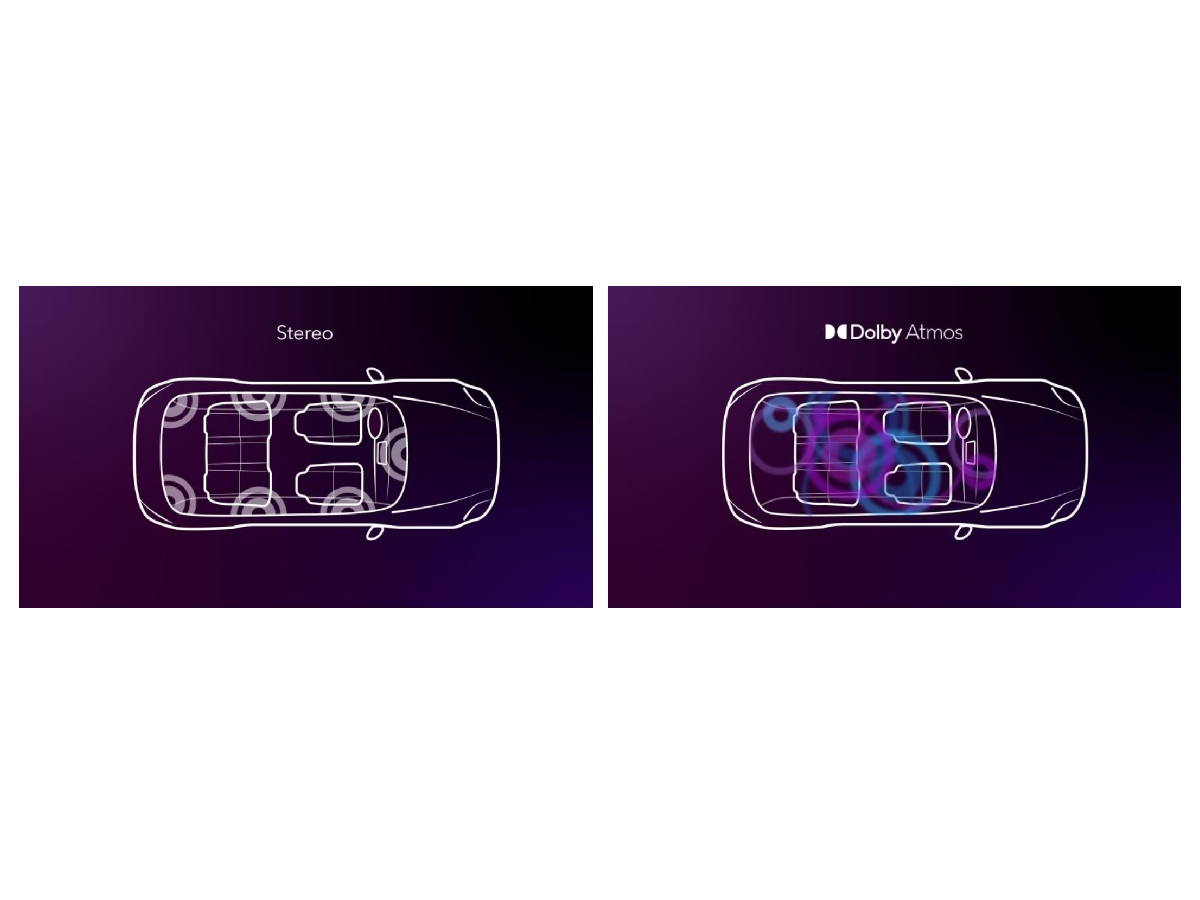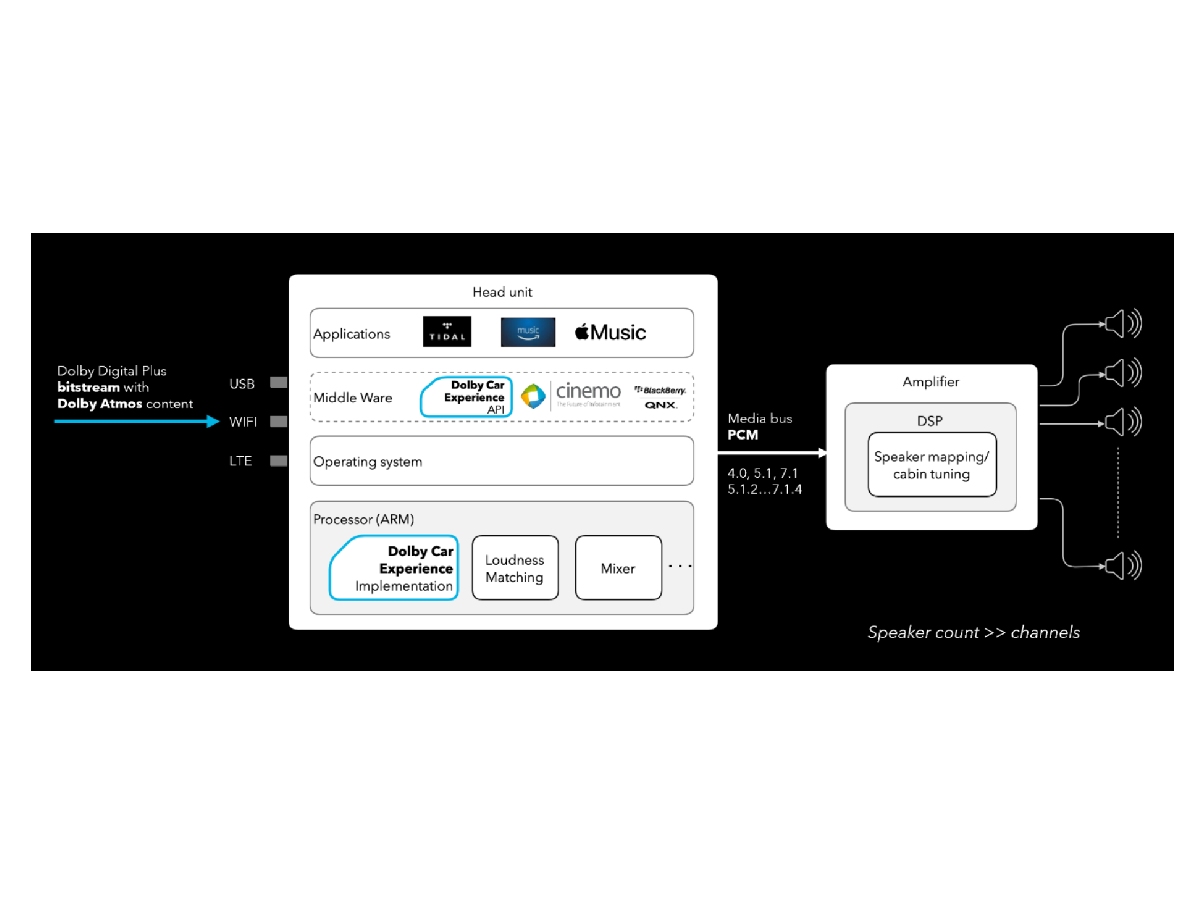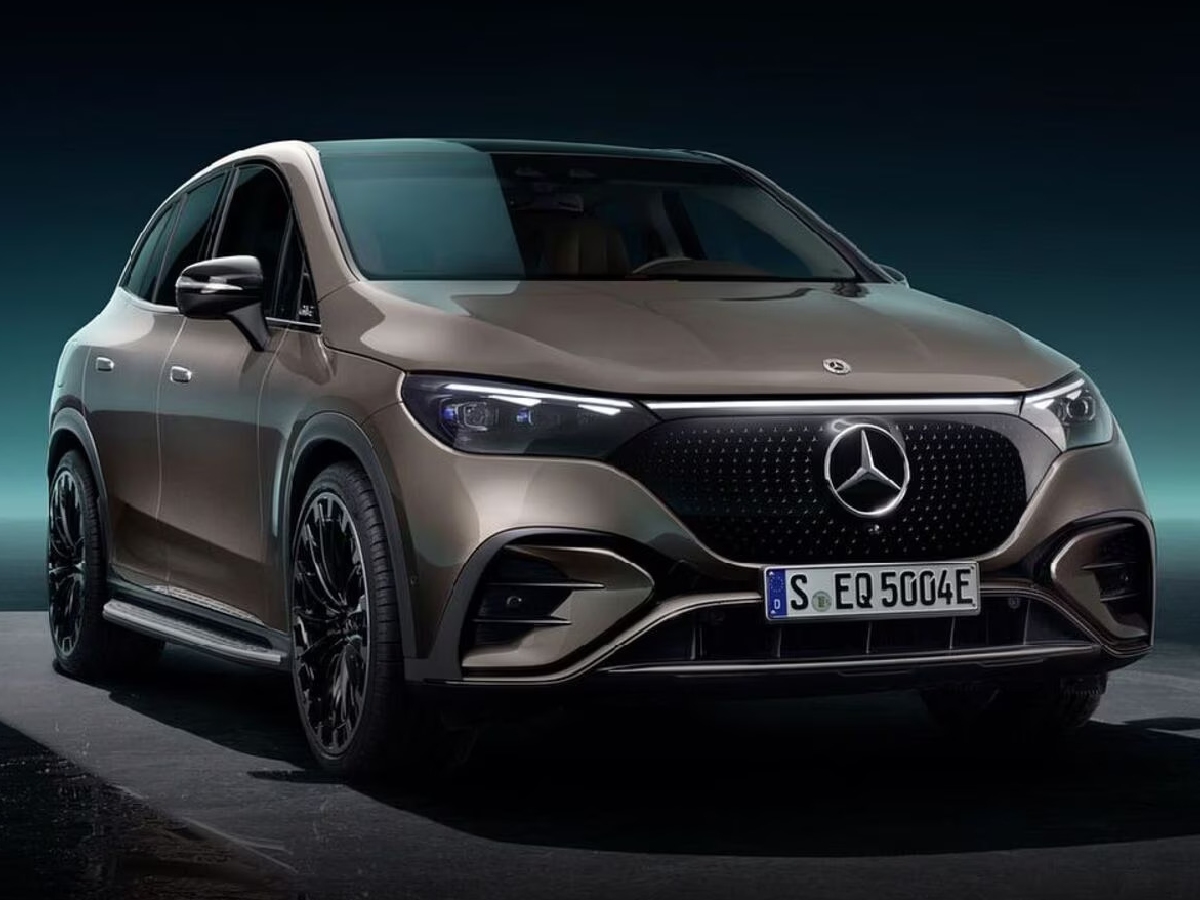If it’s not changed the way you perceive music, you haven’t heard it right yet. Being an Apple Music user for the last decade, the introduction of Spatial Audio two years ago literally changed the way some of my favourite music sounded, thanks to Dolby Atmos. While Apple likes to use an umbrella term to describe immersive audio, it’s no secret who’s bringing the special sauce to the party here. Dolby has been omnipresent in the world of audio and video since the time of open-reel tape decks and LED TVs, but now they’re encroaching into our cars too and here’s why we shouldn’t be complaining!
Dolby Atmos on the move
The immersive sound experience is coming to your next car

Surround in the city
All things considered, a car’s environment is the ideal place to implement accurate immersive audio because the location of the listener, the placement of the speakers and the acoustics of the cabin are all pre-determined. This gives both Dolby and the car brands a much better understanding of hardware and software requirements, optimising costs and efficiencies on scale. With big-name global brands like Mercedes-Benz, Polestar, Lotus, Lucid, Volvo and others already on board, what excites me more is closer to home and closer to attainability is Mahindra which has announced its allegiance to this program too. Their all-new BEV born-electric range of cars should be the first to onboard Dolby Atmos from the get-go, but there is no stopping the already great-sounding XUV700’s Sony 3D system from being upgraded either. Hushed talks with a certain Korean and Chinese carmaker are underway too, but obviously, the execs from both camps are tight-lipped about it until a formal announcement is made.
Most importantly though, since Dolby works across the ecosystem where the creator, the streaming service providers and the last-mile hardware all are in sync, ensuring the experience is seamless. From production to consumption, if you want Dolby Atmos content, it will be readily discoverable and playable at home, on the bus or in the near future, also in your car. Tidal, Apple Music and Amazon Music are global partners but locally, Wynk Music and Gaana already have started curating dedicated playlists that serve regional music in Dolby Atmos so you could be Natu-Natu-ing in sync with your passengers like never before! Yeah, just make sure to keep the driver out of it.

Over an extended chat with Andreas Ehret, Director Automotive at Dolby Technologies at their Mumbai office, he emphasised the years of legwork that went into building partnerships with OEM manufacturers, auto companies, streaming service providers, middleware solution providers and the big tech companies to establish a standard that made it possible. “The car is a shielded environment where you can keep the disruptions out and you can focus. There can be speakers all around you but without the need to worry about cables and you can optimise for where the consumer is sitting. So you can pre-determine and measure the cabin and fix the cabin acoustics as much as possible.”

Contrary to popular belief, and excluding the Mercedes S-Class Maybach, you won’t always need 31 speakers in your car to enjoy Dolby Atmos. As less as six speakers and four amplifier channels can kickstart your journey into the immersive world of atmospheric audio and since every car model would have multiple variants up and down the pecking order too, Dolby’s virtualisation technology helps optimise the experience to the number of speakers in each variant. Different seat heights, acoustics based on upholstery options and various other parameters will all be considered. Dolby works closely with OEMs to understand their system architecture, suppliers, Tier 1-2 partners etc. and has worked out specific guidelines to implement Dolby Atmos effectively into their car models. In addition, the measurement and optimisation of the cabin acoustics is a service they provide to car manufacturers too. “There is a minimum quality that is established and we have speaker guidelines for distortion, frequency response and SPL” assures Andreas. “What we found so far is that of 85-90 million cars per year that are being shipped with infotainment systems, we believe that we can address up to 70 million of those”
Warning signs all around

All this being said, the biggest motivation for more electric cars to adopt Dolby Atmos from their birth is the ability to build all of the car’s sounds into this “concert on wheels” experience. The most common use for in-car speakers for EVs has been to simulate the sound of an internal combustion engine, aiding in critical safety cues for both the driver and the pedestrians but also bringing in some of the adrenaline-inducing aural drama. With Dolby Atmos, everything from the simulated engine sound to the warning chimes, welcome sounds, voice assistance, infotainment prompts and much more can be piped through multiple speakers in the cabin, with the ability to target specific passengers. Imagine the rear left seat passenger opening a door in the middle of a busy street and being alerted of a speeding biker. It would heighten the senses and potentially avoid a hazard and in the near future, buyers of new ICE-engined cars would expect similar audio solutions as well.
Soon, the car environment would become the defacto environment to experience the most accurate rendition of your favourite tracks and should work well to elevate the quality of games and movies, both of which are coming to more head units every month. Dolby is also hoping that the primary delivery method for streaming Dolby Atmos music will be OTA, directly onto the cars native infotainment systems since a majority of new cars sold do come with some sort of SIM-based connectivity. Of course, there will be CarPlay until this becomes commonplace but Apple’s draconian ways mean getting the fabled ‘Dolby Atmos’ logo on the head unit display still remains elusive.

Good news is that the ball has already been set in motion and the Mercedes-Benz EQE might just be the first official car on sale in India to have a Dolby Atmos capable system. We should be driving that very soon, so check in again for a full review of India’s first-ever Dolby Atmos automotive experience!
.jpg&w=35&h=35&q=70&c=1)